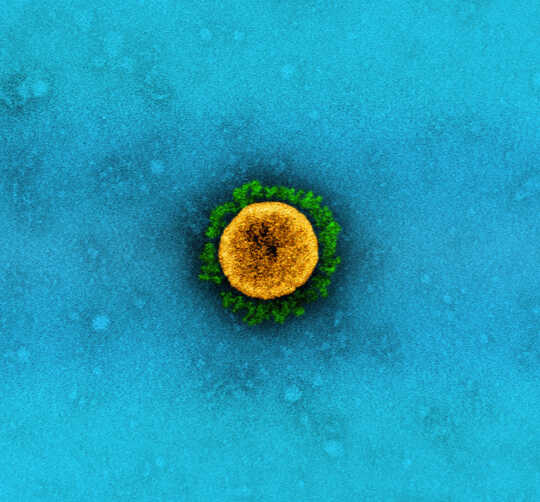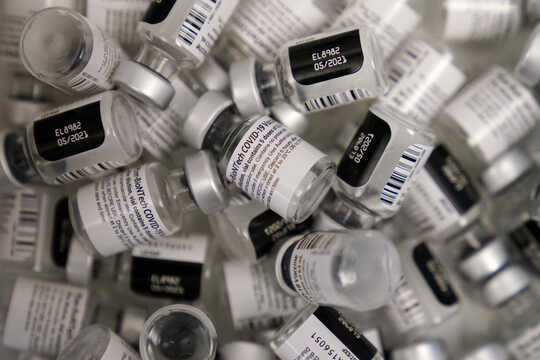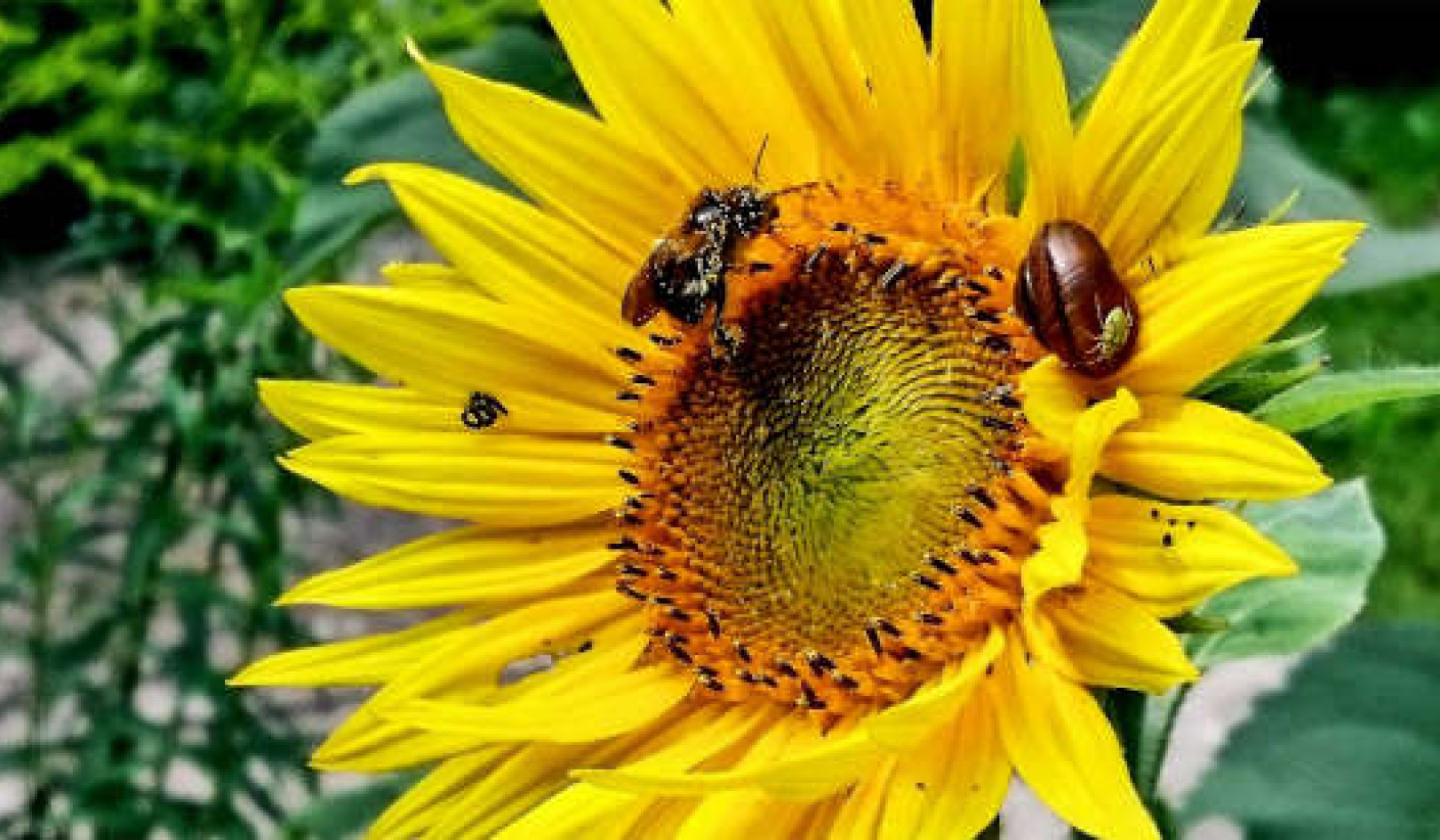 The level of immunity needed — either through vaccination or infection — for practical herd immunity is uncertain, but may be quite high. (Shutterstock)
The level of immunity needed — either through vaccination or infection — for practical herd immunity is uncertain, but may be quite high. (Shutterstock)
When people say that we won’t reach “herd immunity” to COVID-19, they are usually referring to an ideal of “full” population immunity: when so many people are immune that, most of the time, there is no community transmission.
With full herd immunity, most people will never be exposed to the virus. Even those who are not vaccinated are protected, because an introduction is so unlikely to reach them: it will sputter out, because so many others are immune — as is the case now with diseases like polio and mumps.
The fraction of the population that needs to be immune in order for the population to have “full” herd immunity depends on the transmissibility of the virus in the population, and on the control measures in place.
It is unlikely we’ll reach full herd immunity for COVID-19.
Get The Latest By Email
For one thing, it appears that immunity to COVID-19 acquired either by vaccination or infection wanes over time. In addition, SARS-CoV-2 will continue to evolve. Over time, variants that can infect people with immunity (even if this only results in mild disease) will have a selective advantage, just as until now selection has mainly favoured variants with higher transmission potential.
 The B.1.1.7 variant of the SARS-CoV-2 virus. Over time, variants of concern will likely continue to emerge. NIAID, CC BY
The B.1.1.7 variant of the SARS-CoV-2 virus. Over time, variants of concern will likely continue to emerge. NIAID, CC BY
Also, our population is a composition of different communities, workplaces and environments. In some of these, transmission risk might be high enough and/or immunity low enough to allow larger outbreaks to occur, even if overall in the population we have high vaccination and low transmission.
Finally, SARS-CoV-2 can infect other animals. This means that other animal populations may act as a “reservoir,” allowing the virus to be reintroduced to the human population.
Practical herd immunity
Nonetheless, we are likely to reach a practical kind of herd immunity through vaccination. In practical herd immunity, we can reopen to near-normal levels of activity without needing widespread distancing or lockdowns. This would be a profound change from the situation we have been in for the past 18 months.
Practical herd immunity does not mean that we never see any COVID-19. It will likely be with us, just at low enough levels that we will not need to have widespread distancing measures in place to protect the health-care system.
What level of immunity (either through vaccination or infection) we need for practical herd immunity is uncertain, but it may be quite high. The original strain of SARS-CoV-2 was highly transmissible and transmission is thought to be higher still for some variants of concern. To achieve two-thirds immunity, 90 per cent of the eligible population would need to be vaccinated or infected naturally. (AP Photo/John Locher)
To achieve two-thirds immunity, 90 per cent of the eligible population would need to be vaccinated or infected naturally. (AP Photo/John Locher)
The amount of immunity we need will also depend on what level of controls we are willing to maintain indefinitely. Continued masking, contact tracing, symptomatic and asymptomatic testing and outbreak control measures will mean we will require less immunity than we would without these in place.
Some estimates suggest that we may need two thirds of the population to be protected either by successful vaccination or natural infection. If 90 per cent of the population is eligible for vaccination, and vaccines are 85 per cent effective against infection, we can obtain this two thirds with about 90 per cent of the eligible population being vaccinated or infected naturally.
The United Kingdom has already exceeded these rates in some age groups. Higher rates are even better, because there is still uncertainty about the level of transmissibility and vaccine efficacy against infection (although research shows they are very good against severe disease). We don’t want to discover that we do not have enough immunity through vaccination and have another serious wave of infection.
Emerging variants
Higher vaccine uptake will mean there are fewer infections before we reach practical herd immunity. The remaining unvaccinated individuals will be safer, protected indirectly by the immunity of those around them. Outbreaks will be smaller and rarer, and there will be fewer opportunities for vaccine escape variants to arise and spread.
That said, variants of SARS-CoV-2 will continue to emerge, and selection will favour variants that escape our immunity. Vaccine developers will continue to broaden the spectrum of the vaccines that are available, and boosters will hopefully allow us to maintain long-term practical herd immunity.
It’s possible that an immune escape variant will emerge that is severe enough, and transmissible enough, that it will cause a new pandemic for which we do not have even practical herd immunity. But barring that, while we may not be free of COVID-19, we can be confident that in the not-too-distant future it will be manageable when we return to near-normal life.
![]()
About The Author
books_health







